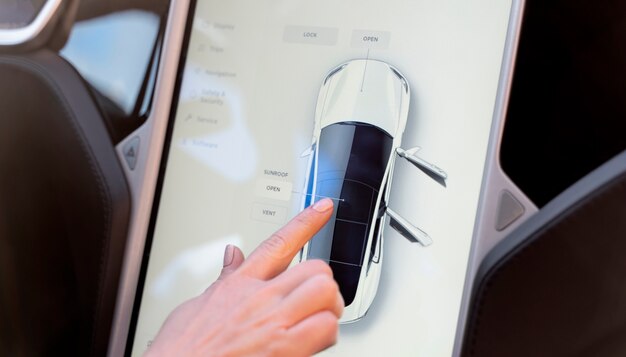
While the world is transitioning to electric vehicles (EVs) to tackle climate change, merely increasing the number of EVs isn’t enough. These vehicles still need electricity to run, and if that electricity is generated from coal or, to a lesser extent, methane, it reduces the environmental benefits we’re aiming for.
Some critics argue that an unclean electrical grid completely nullifies the benefits of electric vehicles. But is this really the case? Let’s delve into how a dirty grid influences the emissions of electric cars.
Electric vehicles have a slightly higher initial carbon footprint compared to traditional combustion engines. However, this upfront cost is offset over the vehicle’s lifetime. Since EVs use electricity rather than gasoline, they produce significantly fewer emissions when considering production and recycling costs.
The International Council on Clean Transportation (ICCT) reported that EVs, even when powered by the current American electrical grid, are more than twice as emission-efficient as gas and biofuel cars. They are also more efficient than hybrids. Transitioning to renewable energy would further reduce emissions, but even without this, changing to EVs is a step forward.
The ICCT’s report is just one of many studies showing that EVs on a dirty grid are still cleaner than combustion vehicles. A 2018 study comparing Canadian regions found that in Alberta, where 67% of power comes from coal, EVs achieve 50% better lifetime emissions than gasoline vehicles.
China, despite having a coal-heavy grid, has been an early adopter of EVs. Even there, electric vehicles emit 29% less than internal combustion cars.
A challenge in these calculations is the type of power used during vehicle production. One study in India, where the grid is largely coal-based, found higher emissions during both vehicle production and operation. This makes combustion cars currently a more eco-friendly option in that market. However, India’s long-term goal to shift to renewable power underscores the importance of this transition for more favorable EV lifecycle assessments.
Another issue that needs addressing is the lack of EV battery recycling capacity. Improper processing of materials leads to increased human and environmental exposure to harmful metals. Some recyclers, like Redwood Materials founded by ex-Tesla CTO JB Straubel, use renewable energy in their processes, even harnessing residual power within batteries for recycling.
Recycling methods differ in energy consumption. Pyrometallurgy has traditionally been used to extract metals from scrap but is less efficient and energy-intensive. Electrometallurgy produces more material but uses even more power. Hydrometallurgy is the most energy-efficient and recovers more materials, though it is more expensive to operate.
Lifecycle assessments show that emissions from EV recycling are relatively low compared to production and operation, especially since recycled materials reduce the need for mining new resources.
Ultimately, the environmental impact of electric vehicles is influenced by the power grid that charges them. Even when running on the world’s dirtiest power, EVs can still outperform gasoline cars in terms of emissions.